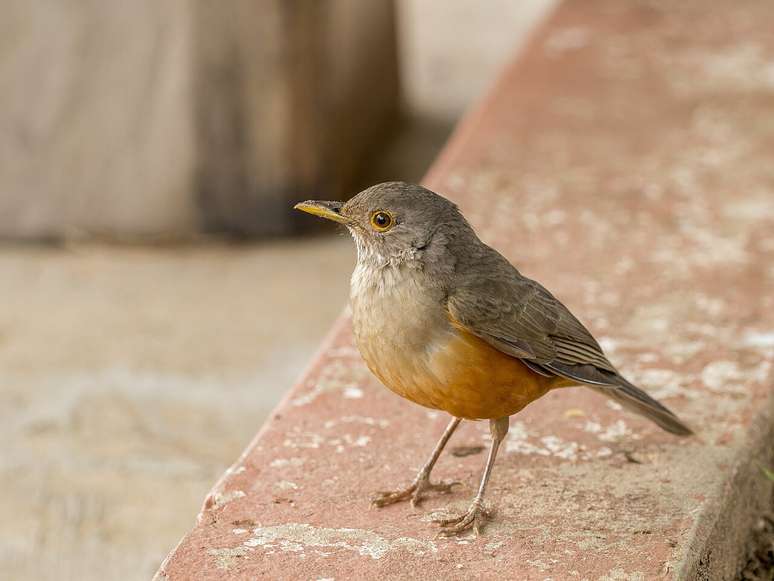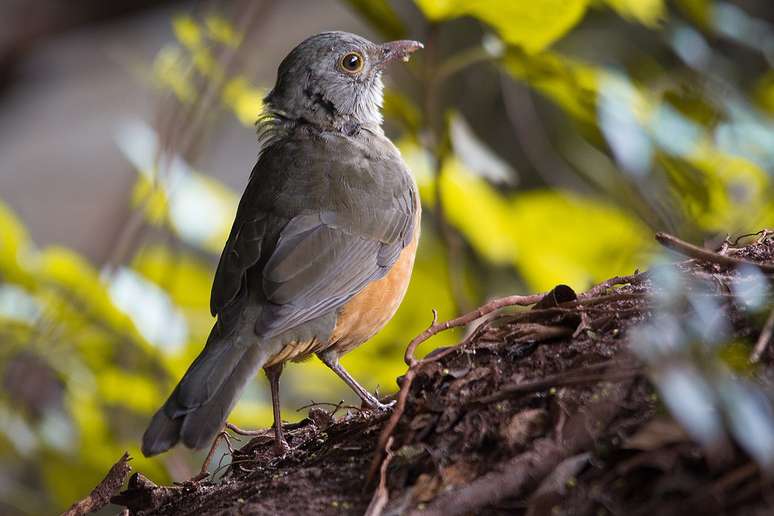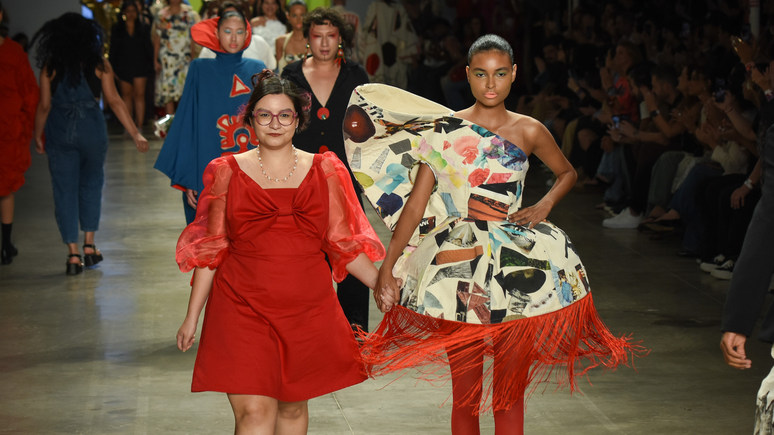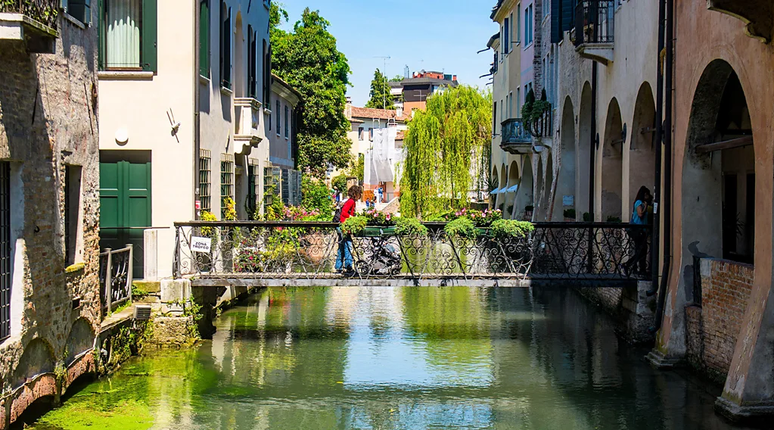Discover why the orange thrush is the symbolic bird of Brazil and understand why the macaw and the toucan did not occupy this emblematic position
Among the various birds of importance in the Brazilian territory, the orange thrush It is officially recognized as the national bird symbol. The choice was not random and has sparked discussion about why species of great beauty and suggestive presence, such as the macaw and the toucan, did not occupy this position. The theme involves historical, cultural and environmental aspects, providing a detailed look at the meaning of the chosen symbol.
THE orange thrushscientific name Turdus rufiventrisit is widely present in several biomes of Brazil. Its ease of adaptation to various urban and rural ecosystems has contributed to its national recognition. Since 2002, through a presidential decree, the orange thrush has been officially established as the emblem of Brazilian birds, representing more than an aesthetic choice.
Why is the orange thrush considered a symbol of Brazil?
The choice of this bird to represent Brazil was mainly motivated by the connection with elements of Brazilian popular culture and literature. The characteristic song of the orange thrush is present in the texts of renowned poets, such as Gonçalves Dias and Olavo Bilac, who praised its melodious and nostalgic melody in verses dedicated to its homeland. The identification of the people with the song of the thrush created a bond of belonging and emotional memory, difficult to repeat with other species.
Another relevant point concerns the abundance of orange thrush throughout the Brazilian territory. While the macaw and the toucan are more concentrated in specific regions, the presence of the thrush is observed in urban areas, in gardens, courtyards and parks, having direct and daily contact with populations of different social and cultural profiles. This favors the perception of familiarity and proximity in the national collective imagination.
What reasons prevented the choice of the macaw or the toucan?
Although macaws and toucans are some of the country’s most famous birds, their choice as national symbols has presented obstacles. THE arawith its exuberant colors and large size, it is striking, but tends to inhabit restricted regions, such as the Amazon and the Cerrado, which limits its integration with other local cultures. Already the toucanknown for its imposing beak, it is also not widespread throughout the country and, although it attracts the attention of tourists and scholars, it does not have the same emotional weight attributed to the thrush in the verses and songs of Brazilian folklore.
In addition to its less exhaustive geographical distribution, another aspect that mattered was symbolism: the thrush is linked to the idea of desire and belonging, recurring themes in literature that have helped define national identity. Colorful birds, although highly prized, are often associated with exoticism and tourism, but not always with the construction of nationality in the Brazilian social imagination.
Symbolism and cultural influence of the orange thrush
The symbolic role of the orange thrush goes beyond the simple illustration in school books. It appears in popular songs, such as “Sabiá” by Tom Jobim and Chico Buarque, as well as in figures of speech that refer to singing, especially at dawn. Its singing is traditionally seen as an announcement of rain or the arrival of spring, integrating Brazilian daily life for generations.
Among the main characteristics that consolidated its national symbolism, the following stand out:
- Various adaptation — present in urban and rural centers throughout the country;
- Recognized song — associated with people’s affective memory;
- Literary figure – mentioned in several poems and songs;
- Easy observation — species common in different states and climates.
The cultural relevance is perceived above all in the way in which the tordine has become part of the national identity. Throughout Brazil, the song of the thrush is familiar and echoes in the morning in cities large and small. Its adoption as a symbol represents the meeting between nature, culture and sense of belonging.

How to recognize and preserve thrush in everyday life?
Identifying the orange thrush is a relatively easy task for birdwatchers in Brazil. With orange plumage on the belly and greyish back, this species is also present for its medium size and its various feeding habits, including fruits, seeds and insects. Preserving the environment in which it lives, avoiding the destruction of green areas and respecting breeding periods, helps keep this bird present in Brazilian daily life.
The appreciation of the orange thrush as a symbol goes beyond the official representation. Simple daily attitudes, such as planting fruit trees and avoiding the captivity of wild birds, favor the perpetuation of this representative of the national avifauna. Maintaining contact with the song of the thrush strengthens the bond between man and nature, respecting tradition and renewing the relationship with what makes Brazilian biodiversity unique.
Source: Terra
Ben Stock is a lifestyle journalist and author at Gossipify. He writes about topics such as health, wellness, travel, food and home decor. He provides practical advice and inspiration to improve well-being, keeps readers up to date with latest lifestyle news and trends, known for his engaging writing style, in-depth analysis and unique perspectives.









